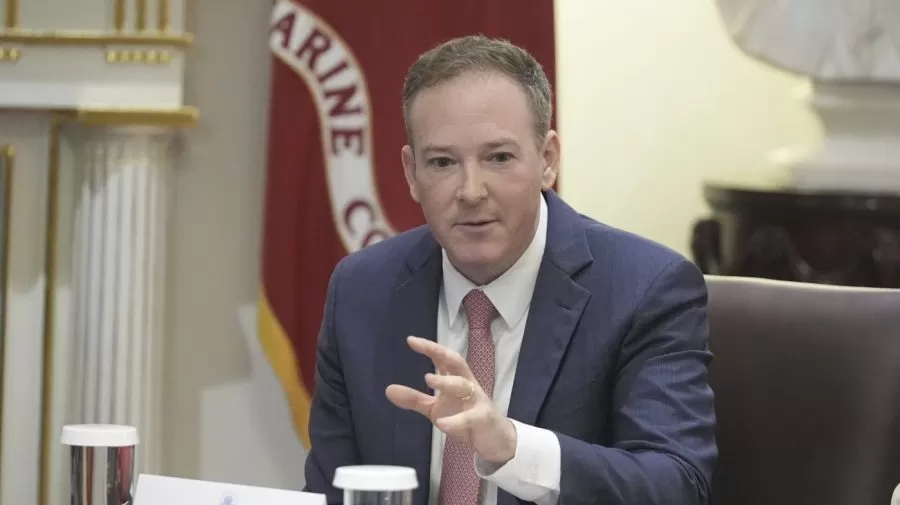An Unexpected Reversal: EPA Asks Court to Halt Its Own Soot Pollution Limits
Share- Nishadil
- November 26, 2025
- 0 Comments
- 4 minutes read
- 13 Views

Soot Limits in Limbo: EPA Makes Surprising Request to Overturn Biden-Era Air Quality Protections
In an unexpected twist, the Environmental Protection Agency (EPA) has asked a federal court to pause or even overturn its own recently enacted, stricter limits on dangerous soot pollution, raising questions about public health and environmental policy.
Well, this is certainly a head-scratcher. Just when you thought the path forward on air quality was clearer, the Environmental Protection Agency (EPA) has thrown a rather unexpected curveball. They've actually asked a federal court to step in and, get this, overturn or at least put a serious pause on their own recently tightened regulations concerning deadly soot pollution. It's a move that's left many scratching their heads and wondering about the underlying reasons.
Rewind a little to February of this year, 2024. That's when the Biden administration, through the EPA, proudly unveiled what were hailed as significantly stricter limits on fine particulate matter – you know, that tiny, invisible stuff often referred to as soot, or PM2.5. These particles are absolutely minuscule, measuring less than 2.5 micrometers in diameter, which is about 30 times smaller than the width of a human hair. But don't let their size fool you; they pack a punch when it comes to public health.
The science on soot is pretty grim, frankly. Inhaling these microscopic bits isn't just unpleasant; it's linked to a frightening array of serious health issues, from aggravating asthma and triggering heart attacks and strokes to contributing to premature deaths. These risks are especially pronounced in vulnerable communities, often those already burdened by industrial pollution. The EPA itself, when it introduced the tougher rule, estimated it would prevent thousands of premature deaths annually – around 4,500, to be precise – alongside a whopping 290,000 fewer lost workdays and a staggering $46 billion in health benefits each year. Talk about a win-win for public health and the economy, right?
So, imagine the surprise when, just a couple of months later in April, the very same agency that championed these protections made a direct appeal to the U.S. Court of Appeals for the D.C. Circuit. Their request? To put a stay on the new regulations and, potentially, to invalidate them entirely. What's truly perplexing, at least according to initial reports, is the conspicuous absence of an immediate, clear explanation from the EPA for this rather dramatic shift. It just leaves you wondering, 'Why the sudden change of heart?'
While the official reasoning remains elusive, it's no secret that the stricter limits faced considerable pushback. Major industry groups, organizations like the American Petroleum Institute and the National Association of Manufacturers, weren't exactly thrilled. They quickly challenged the new rules, voicing concerns about what they perceived as prohibitive costs and potential disruptions to business operations. Several states also joined the chorus of opposition, adding to the pressure. One has to speculate if this intense lobbying effort played a role in the EPA's surprising decision.
It’s worth remembering that soot isn't some obscure pollutant; it's a pervasive issue stemming from a variety of sources. We're talking about power plants belching out emissions, industrial facilities, vehicle exhaust, and even natural events like wildfires. Reducing these emissions isn't just about cleaner air; it's about protecting our lungs, our hearts, and ultimately, our communities. This is why the initial tightening of the standards felt like such a crucial step forward.
Now, the ball is in the court's hands, literally. The U.S. Court of Appeals for the D.C. Circuit will have to weigh the EPA's unusual request, considering the arguments for and against these vital health protections. For now, the future of these stricter soot limits, and the public health benefits they promised, hangs precariously in the balance. It's a situation that underscores the often-complex interplay between environmental policy, economic interests, and public well-being, leaving many of us waiting to see what happens next.
Disclaimer: This article was generated in part using artificial intelligence and may contain errors or omissions. The content is provided for informational purposes only and does not constitute professional advice. We makes no representations or warranties regarding its accuracy, completeness, or reliability. Readers are advised to verify the information independently before relying on







